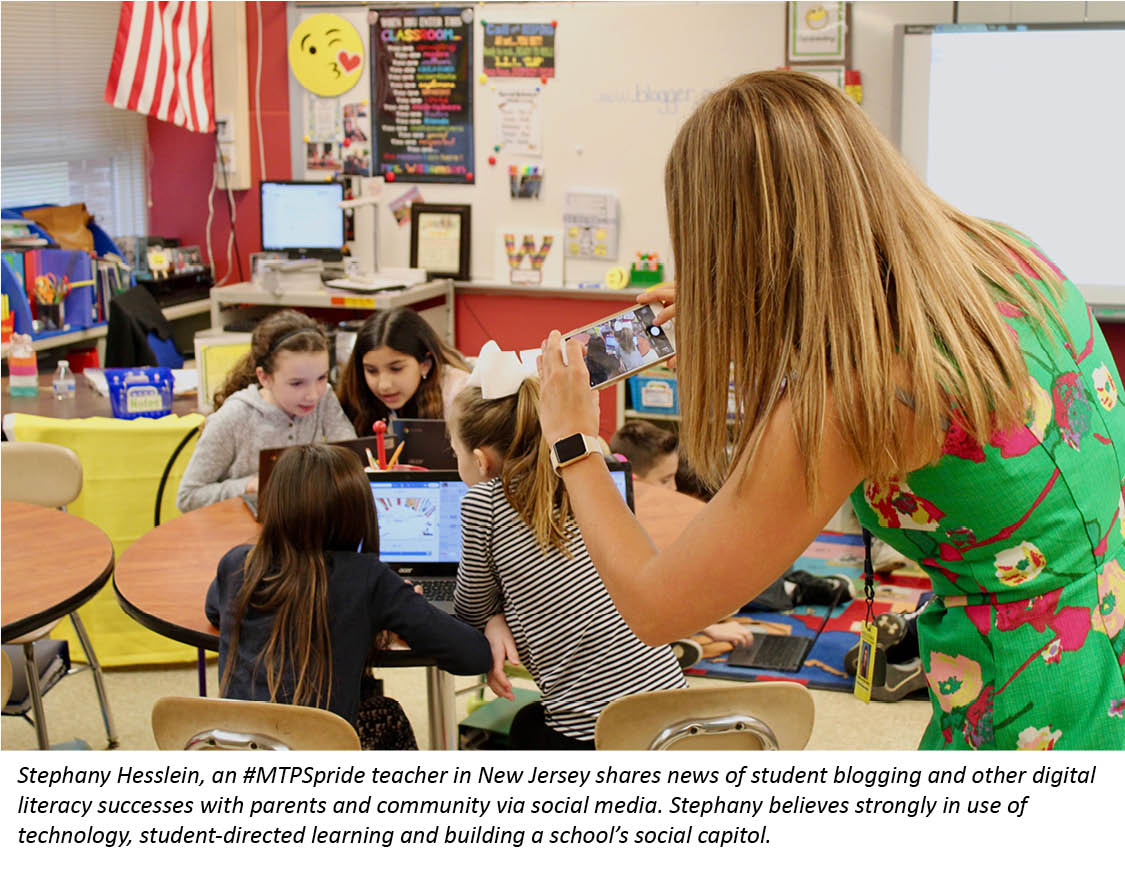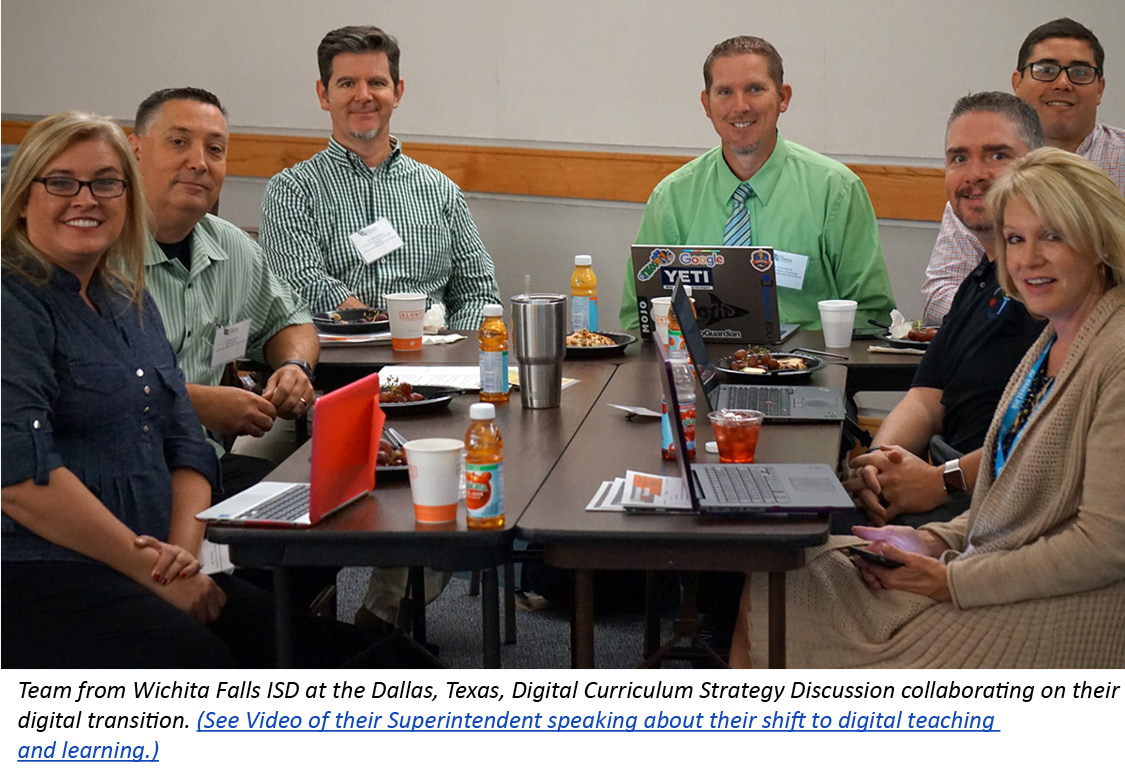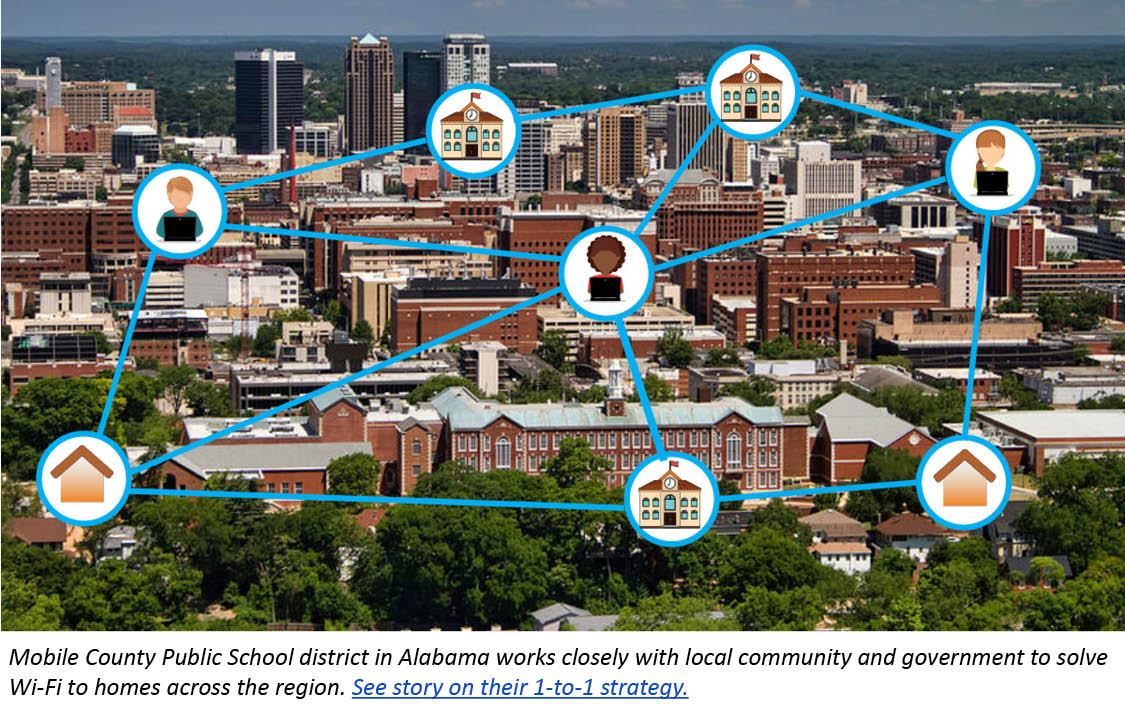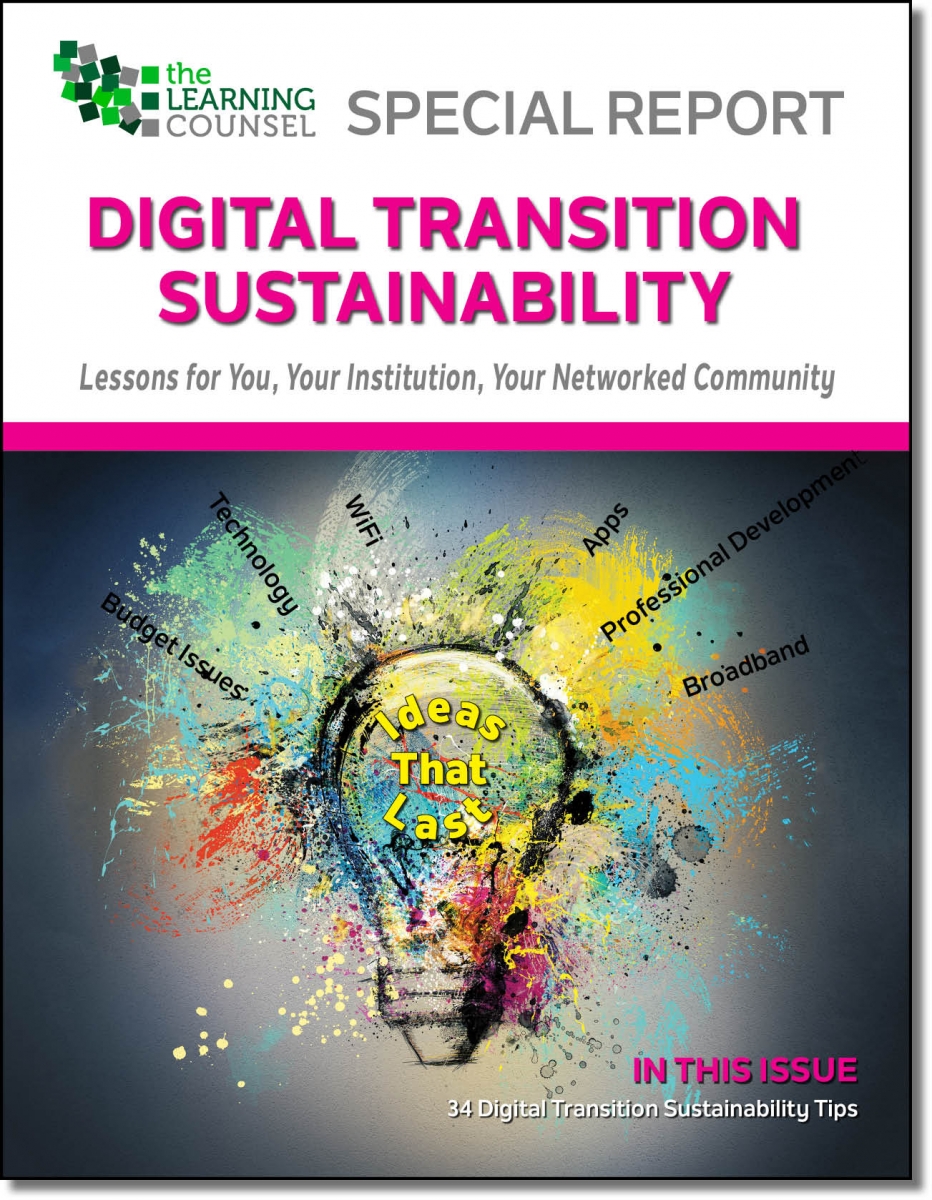The issue of school sustainability for our purposes here means remaining relevant, not simply being “green” even though the two concepts can overlap. During our national Digital Curriculum Sustainability Discussion tour this year the Learning Counsel has shared many lessons of how sustainability is accomplished. We’ve also learned a few new lessons ourselves, of how schools are being sustainable in digital transition. In this article, which is excerpted from the new Sustainability special report, I will share with you the primary tip: knowing how you, your group and your school fit.
Know How You Fit
As an individual, the first thing to remain relevant is to become tech literate. While a relatively obvious point, what has been learned from interviews of district and school leaders is that many teachers, on average, were not learning even the most basic tools of modern classroom technology options in the teaching colleges.
The more experienced teachers have been exposed to data entry for student information collection, as well as using the traditional proje ctor and, more recently, interactive whiteboards. What these teachers have not been routinely exposed to is the full orchestra of applications and content of digital learning that is now available. The onslaught of options is coming more rapidly than ever through highly sophisticated online marketing from digital publishers, peer pressure, trade shows, teacher conferences and of course, district or school-wide implementations coming from the front office. This has resulted in a hodge-podge of classroom practices, fads, and random apps popping up in schools. Basics like email tips and tricks, word document creation and features, spreadsheet formulas, presentation software like Powerpoint, various authorware programs and the like are rather new to many teachers, despite these having been embedded for decades in other markets.
ctor and, more recently, interactive whiteboards. What these teachers have not been routinely exposed to is the full orchestra of applications and content of digital learning that is now available. The onslaught of options is coming more rapidly than ever through highly sophisticated online marketing from digital publishers, peer pressure, trade shows, teacher conferences and of course, district or school-wide implementations coming from the front office. This has resulted in a hodge-podge of classroom practices, fads, and random apps popping up in schools. Basics like email tips and tricks, word document creation and features, spreadsheet formulas, presentation software like Powerpoint, various authorware programs and the like are rather new to many teachers, despite these having been embedded for decades in other markets.
The winners in this so far are the “superhero” teachers—the teachers who understand tech, corral the best and most effective digital curriculum and apps and make them work, usually at elementary or middle school levels. They become the example and usually move up to teacher tech specialists or coaches for their area. This organic teacher learning curve seems to be working where administration is open to change, breaking down traditions and pulling tech and academics together for collaborative transformation.
Teachers who wait for professional development “weeks” or hope that the summer “boot-camp” will solve full digital transition, and don’t take responsibility for themselves are missing a key point. Technology skill is an ability, it is the language of today.
Learning on-the-job, teaching themselves and each other the basic technical literacy needed to get the job done, has been happening for employees trying to survive in most corporate jobs for the last twenty years. There is no shame in self-help, surfing around for answers on the internet and watching assorted Youtube video how-tos, or signing up for some fast courses on Lynda.com, Khan Academy or Atomic Learning.
Increasingly this year, we’ve heard that schools are telling teaching staff three things:
- The first is a view to what it will look like to be using technology in a deeply embedded way. Of course, this is where things get a bit confusing because the utility of different types of tech is now less universal and more grade, subject and topic specific, not to mention specific to pedagogy. Project-based learning and screen learning and the how-to around them with various technologies gets complex quickly. In any case, schools are doing their best to “show and tell” in the context of teaching and learning.
- The second thing is to be personally responsible for tech literacy. Excuses are becoming socially unacceptable, and with a lack of full tech staff and instructional technology specialists almost everywhere, individual teachers need to be more resourceful.
- The third is to stop buying every subscription site and App without approval and coordination. This is so that security and privacy measures can be checked and the School or District can have a full coverage digital curriculum map and negotiate rates across all teachers.
A new winning attitude teachers can take is one that started with the Millennial generation. These young tech savvy individuals, as a general rule, frequently call on the internet to see if “there is an app for that.” This is a consideration that machines should work for you, which can be done with teaching to remove some of the heavy-lifting of learning. Just look, there is probably an App for just about anything a teacher wants to do.
As a group, to be sustainable, schools need to act with intention from the viewpoint that they are a function, not a location. In the past school leaders tended to act entirely for the benefit of buildings, staffing, structure, and bureaucracy. The function of learning is delivered through those things to the minds of students.
The real change for sustainability is in adjusting structure in consideration of function. Policy and ideals are the only real “walls” for the learning function. Every other bureaucratic habit is only that, and could potentially be dispensed with, given enough use of technology. In addition, administrators who want to be sustainable must consider the group and its mission as its own entity, above the individuals in it. The survival of the group, particularly the function of real learning, depends upon a protectionism of the function. This is the new distinction in the Age of Experience (see more about this age in the new book The Consumerization of Learning available on Amazon.
A posture to be competitive is also a major move to be sustainable that schools must make. Essentially this requires a lot more looking outward at society and business and the concept of marketing and branding than ever before, something unfamiliar to most education leaders up to now.
As part of the networked community, schools can become sustainable by asking more of the community. When schedules allow, volunteers and local business executives can be asked to propose and deliver valuable electives.
 In addition, to really be a part of the community today, schools need to be aware that their websites are their face and function to the public. As already mentioned, your school “brand” online is now critical, not just essential. Students want to access screen learning from anywhere. Students want to show their parents pictures of their teacher, they want to find resources and events. Parents want to get tickets to fundraisers and pay online, grandparents want to show off a grandchild’s student portfolio. Families want to see scores and compare one school to another. Community leaders want to show off schools to prospective expanding businesses to win them to build more jobs.
In addition, to really be a part of the community today, schools need to be aware that their websites are their face and function to the public. As already mentioned, your school “brand” online is now critical, not just essential. Students want to access screen learning from anywhere. Students want to show their parents pictures of their teacher, they want to find resources and events. Parents want to get tickets to fundraisers and pay online, grandparents want to show off a grandchild’s student portfolio. Families want to see scores and compare one school to another. Community leaders want to show off schools to prospective expanding businesses to win them to build more jobs.
Websites well-done, and staff well-run are also always soliciting, providing avenues for increasing contribution to the revenues and therefore experiences of learning for all the students.
Another community challenge, one of the hottest topics today, is connectivity for always-on learning. Every business, library, fire station, church has a stake in the education of that community’s youth. These groups can provide something, particularly Wi-Fi for school work. With more and more 1-to-1 initiatives, but not necessarily always available home Wi-Fi, communities can be part of the solution. Sometimes all a school needs to do is call together community to solve small, and sometimes big problems.
Read the full story and all 34 sustainability tips in the special report. Download today.











